
Westfield's Miata Based Seven
Story and photos by Iain Ayre
While based in the U.K., Westfield has decided to buck the British trend towards all-new, very fast replicas with a return to the budget-minded, single-donor project. In this case, a Mazda Miata. It’s reliable and well-made, with adequate handling and power for most. But it’s bland and not very fast. Westfield has rectified that with a proper tubular space frame chassis and a crash diet. Which is right in keeping with Super Seven designer Colin Chapman’s aeronautical approach of light weight and precise handling.
The running gear is RWD, the suspension is independent and the engine is tough. A nice, lightly bashed Miata donor should cost around a thousand bucks. If you buy a drivable write-off, it was probably running OK before being crashed. You can also sell whatever is left over. Also, as Miatas become the everyman’s run-of-the-mill sports car, Moss Motors supplies cheap spares.
As far as handling goes, Westfield got the basic idea down pat more than 20 years ago. Smooth curves on country roads can be enjoyed more or less flat out, as there’s no excess power or spiky cam to kick in and spin you out. Rough road surfaces are handled well.
Most will pay extra for an 1,834 cc donor, with 128 bhp and 111 ft-lbs of torque. The Mazda weighs 2,300 pounds, but the Westfield is 1,550 pounds — so your engine is instantly almost twice as powerful. (Just as Chapman would’ve intended.)
You can drive a “Westiata” all day. In fifth gear with the side screens up, it’s surprisingly civilized. Drop a couple of gears and boot it, and you get a satisfactorily aggressive fart from the side pipe and a respectable amount of forward urge.
One significant difference between this car and most Seven replicas is the independent rear end. It is more comfy in a light car, as the unsprung weight is less, and there’s no heavy diff and axle bouncing around, just driveshafts and wheels. As to whether it improves handling, that could go either way. With live axles the tires remain at 90 degrees to the road, which is important on the track using wide tires on smooth tarmac, but with narrower tires on streets, independent suspension could be a bonus.
Many bits and pieces can be recycled from the Miata, starting with the wheels, which on the donor are usefully very light alloys. While the column and instrument pod have a “production” look, they work OK, they’re basically free, and they avoid electrical and electronic build complications. If you really want an authentic-looking dashboard plank, feel free to make one.
The gear shift is much improved over the already quite sharp Miata shift: nice to twitch into the next gear instantly when you’re pressing on.
The Miatafield or Westiata, by whichever naming convention you prefer, performs nearly as well as a new-parts Westfield costing twice as much, and you may still have approximately 60 percent of the mechanical components’ working life left. Miatas are regularly still in daily use at 200,000 miles. A brand-new engine is nice, but most of the build budget money saved is in bits and pieces that really don’t need to be new at all. Space doesn’t permit listing all of the donor parts that can be reused, so suffice to say it’s a substantial amount.
So overall, is there a downside or is it just fluffy bunnies and Belgian chocolate all the way? I can’t think of any downside right at the moment, and have even thought of an extra upside: There’s no reason why you couldn’t build a Miatafield with budget secondhand Mazda running gear, then sell the engine and box, and use a bike engine or a V8. After all, Westfield already offers a V8 model, the SEight. Or you could start with the Mazda bits and upgrade later, which would allow you to learn the car first. Either way, you’ll still be way ahead of all those projects using brand-new bits.

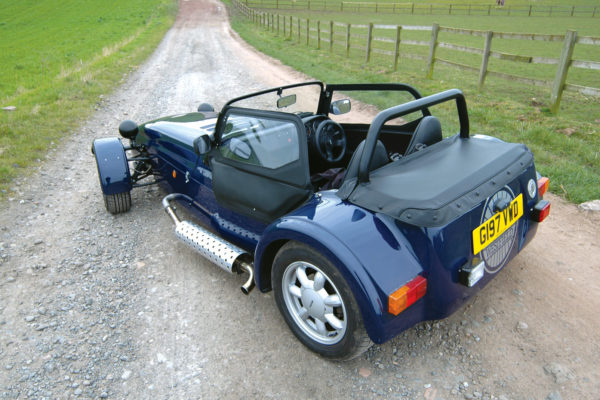
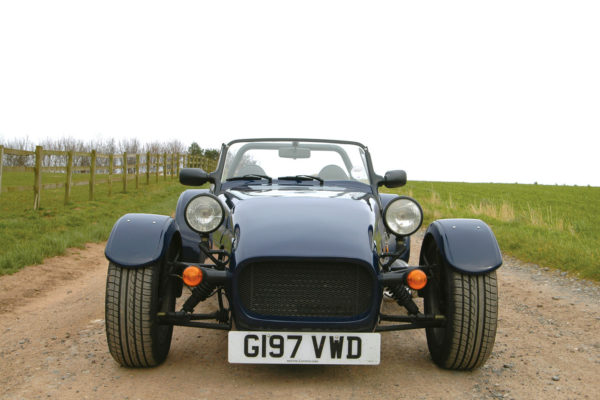
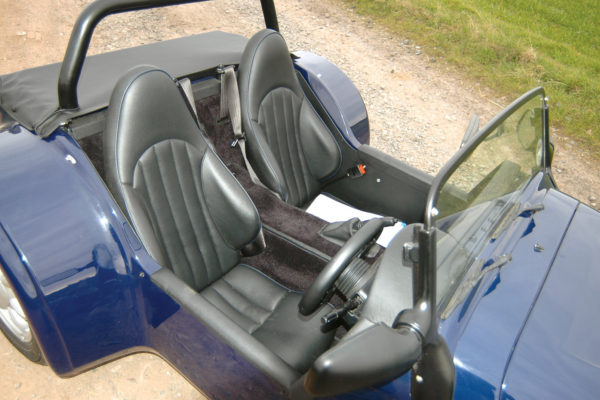
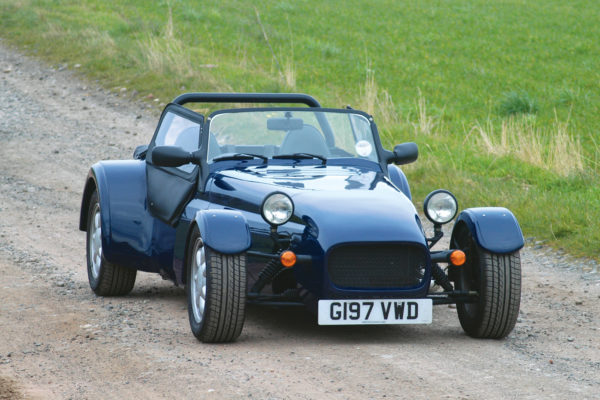
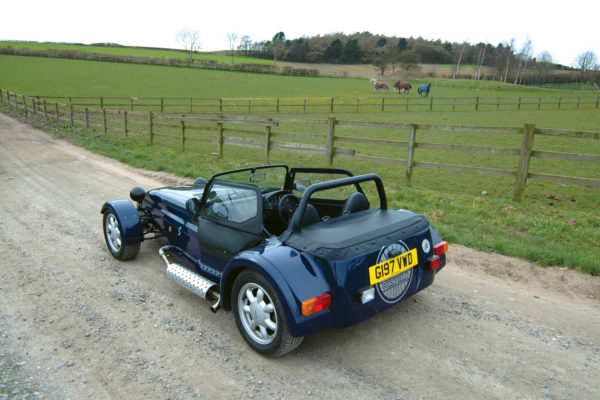
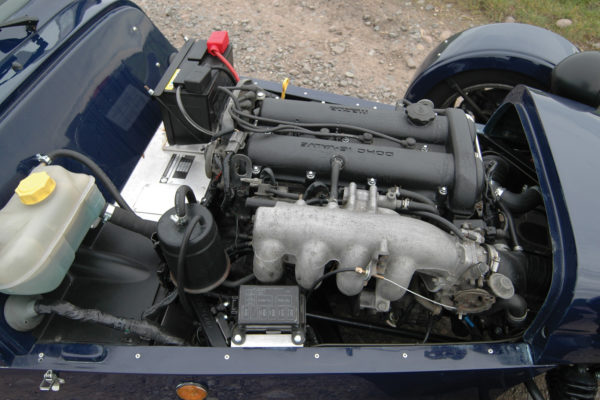
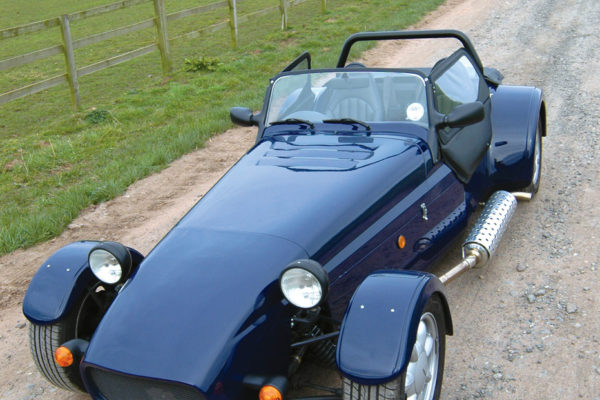
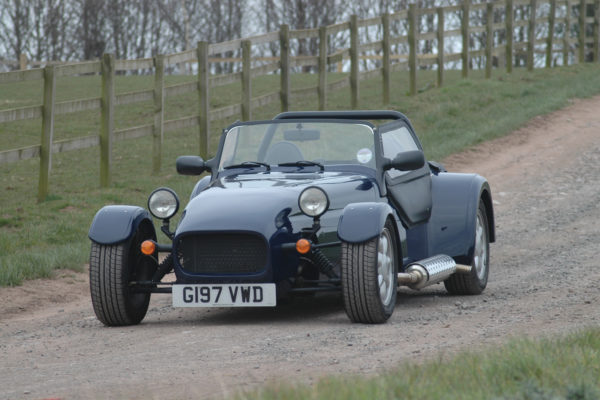
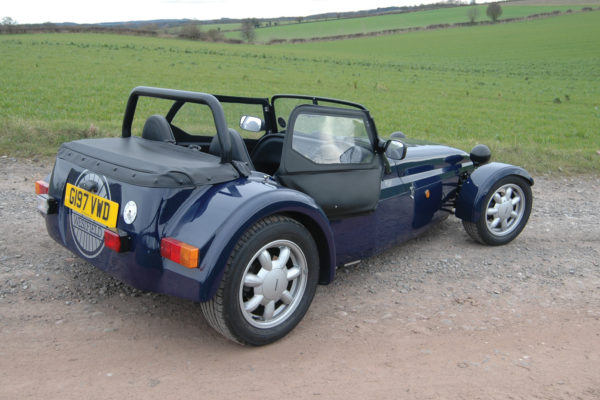
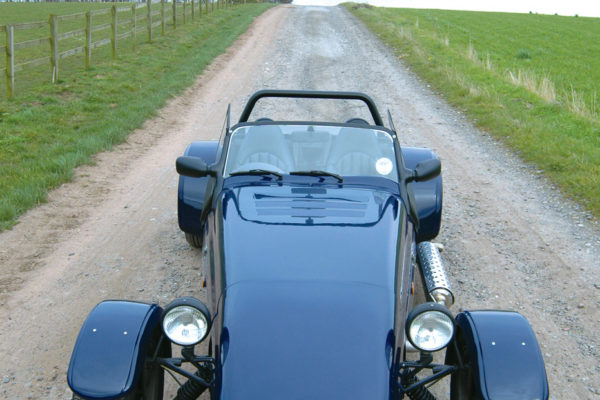
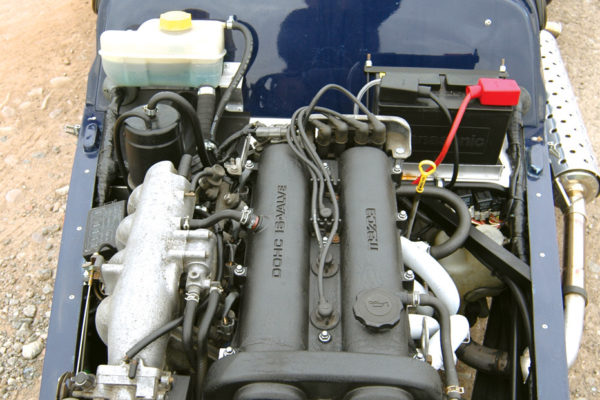
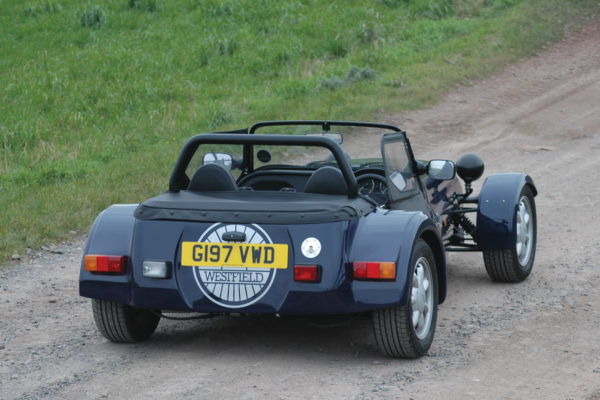
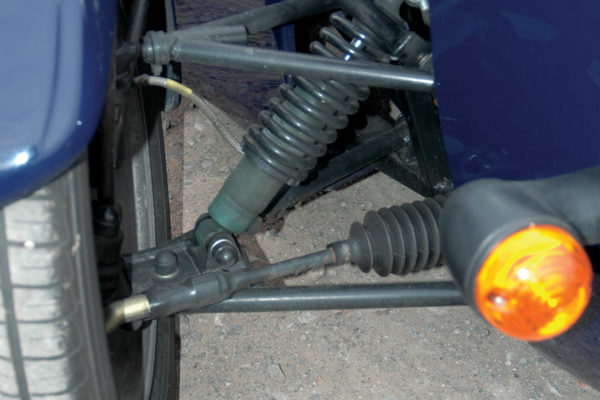
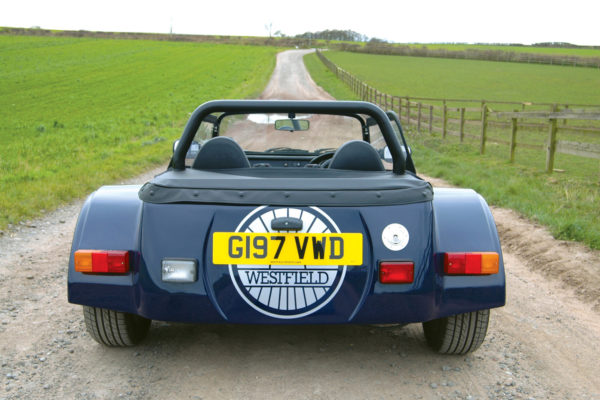
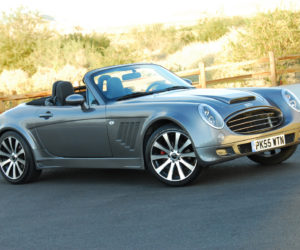
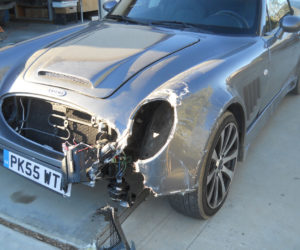
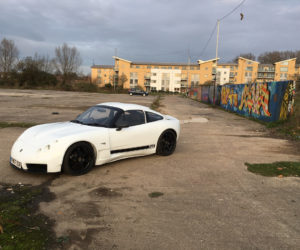
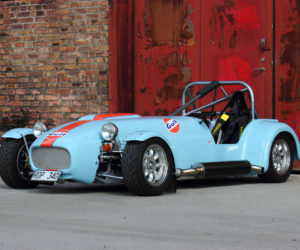
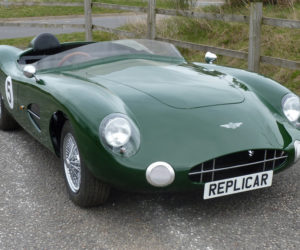
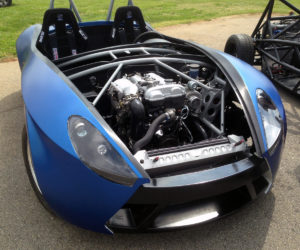




Comments for: Sensible Seven
comments powered by Disqus